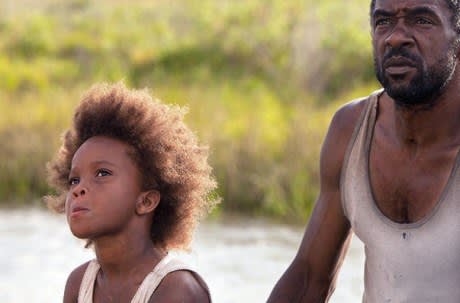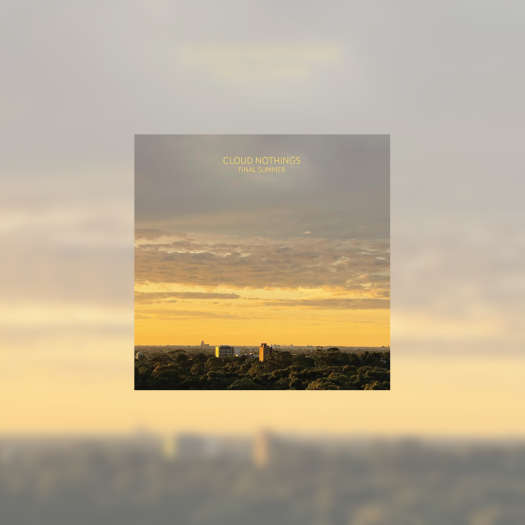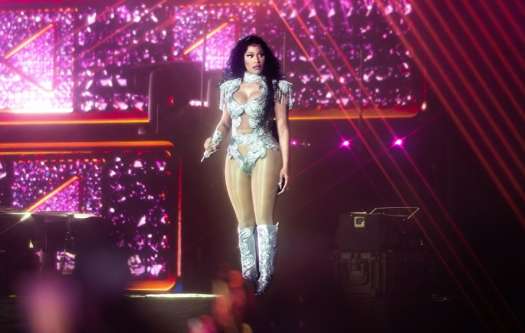By now, most people are familiar with Beasts of the Southern Wild's image of young Hush Puppy and her father, Wink, floating in a converted pick-up truck bed, even if they have yet to see the actual movie. That scene sums up the sense of poverty, resourcefulness, imagination and will to survive permeating every scene of this one-of-a-kind film. Wink and Hushpuppy live in a remote spot called the Bathtub, a small community of people living below a levee that separates them from the outside world beyond, which resembles a cross between The Road and Waterworld. Their wilfulness to live outside of modern society comes to a head when a storm floods their region, leaving those who didn't flee, including Wink and Hushpuppy, to push even harder to survive. A hole in the levee, created by Wink and his cohorts, eventually alerts outsiders to their presence and soon life in the Bathtub is thrown into flux as relief workers remove its inhabitants for their own good. At the film's heart is the contentious relationship between Wink and Hushpuppy; Wink is dying and is determined to provide his daughter with the necessary skills she'll need after he's gone. Hushpuppy struggles with the harsh realities of the world into which she's been born while remaining, at heart, a child with a vivid imagination. There's been much written about director Benh Zeitlin's first feature: is it a leftist rallying cry against global warming and the handling of Hurricane Katrina or a right-wing ode to libertarianism? Ironically, it's the film's post-apocalyptic, magical realist elements that anchor it. The image of the mythical aurochs (huge, boar-like creatures purported to have terrorized ancient man) feels like Zeitlin's way of saying, "Don't read too much into this, just sit back, relax and let yourself be sucked in." Not that this film is all surface, far from it. The movie's final cut is a tightly wound narrative almost exclusively concerned with Wink and Huspuppy. In the deleted scenes, narrated by the director, we see the expansive world Zeitlin and fellow screen writer Lucy Alibar conceived and even went so far as too film, though the final picture is better for these exclusions. Also of note is a 20-minute "making-of" feature that shows how Zeitlin and his Court 13 production team put together this low-budget "fable" with little professional know-how (the entire cast was made up of amateurs), but a great deal of ingenuity, creating a DIY world, using DIY methods.
(eOne)Beasts of the Southern Wild
Benh Zeitlin

BY Ian GormelyPublished Dec 19, 2012



